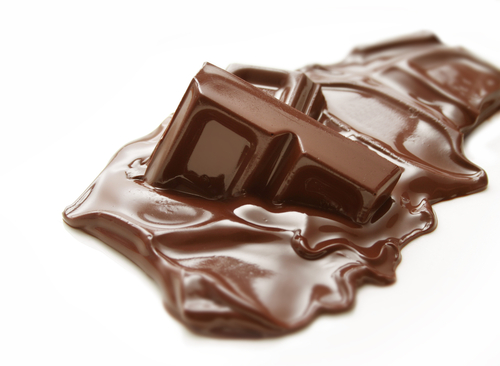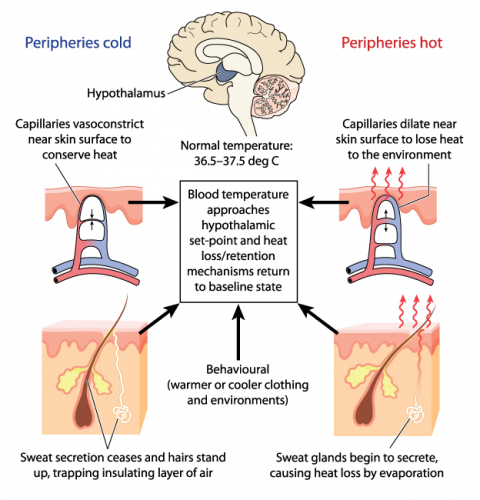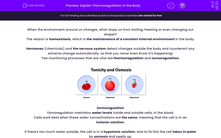When the environment around us changes, what stops us from boiling, freezing or even changing our shape?!
The reason is homeostasis, which is the maintenance of a constant internal environment in the body.
Hormones (chemicals) and the nervous system detect changes outside the body and counteract any extreme change automatically, so that you never even know it’s happening!
Two monitoring processes that are vital are thermoregulation and osmoregulation.
.jpg)
Osmoregulation
Osmoregulation maintains water levels inside and outside cells, in the blood.
Cells work best when these water concentrations are the same, meaning that the cell is in an isotonic solution.
If there's too much water outside, the cell is in a hypotonic solution, and to fix this the cell takes in water by osmosis and swells up.
However, if the water concentration is too low outside the cell, the solution is hypertonic. The cell will therefore expel water by osmosis, making it shrivel up.

Thermoregulation
Thermoregulation is the control of our internal body temperature. This should ideally be 37°C for optimum enzyme function - any lower, and enzymes lack the energy to work fast, while temperatures that are too high will cause them to denature.
Body temperature is monitored by the thermoregulatory centre in the hypothalamus of the brain, and has receptors that monitor blood temperature.
It acts as a coordination centre for incoming information and outgoing responses, causing effectors, such as the sweat glands and muscles, to perform commands to transfer energy to or from the environment.
The skin is made of three layers called the epidermis, the dermis and a fatty tissue layer. It has its own temperature receptors, meaning that the skin sends nerve impulses with skin temperature updates to the thermoregulatory centre.

If our blood temperature gets too hot:
Our blood vessels widen in vasodilation, making more blood pass closer to the skin to ensure that more heat is lost.
Also, the sweat glands in the dermis produce sweat that evaporates off the surface of the epidermis and transfers heat energy into the environment.

If we get too cold:
Vasoconstriction occurs as the blood vessels narrow, meaning that less blood goes near the skin and so less heat is lost.
We stop making sweat to conserve thermal energy.
We start to shiver as our muscles start to contract and relax rapidly to create heat using energy from respiration.
Hair erector muscles in the dermis receive impulses to contract to make our hair stand on end, trapping a layer of air close to the skin to insulate us.

Now it's time for some questions!








